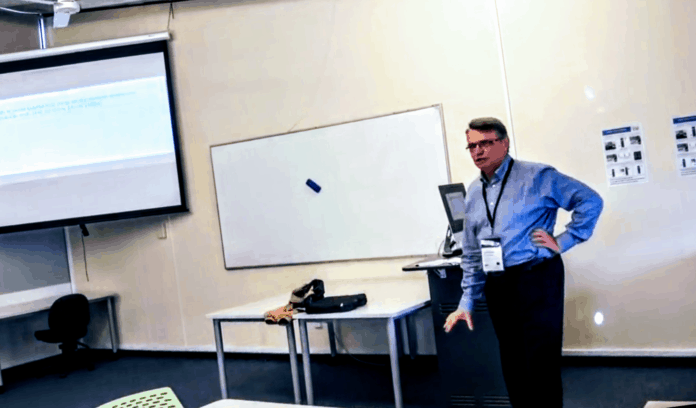Jacques Rancière suggests to us that the process of including excluded people has to do with change of perception, a new “distribution of the sensible.” Distance emerges between people by a process of categorization that affects all perception. For him, art is about redistributing the sensible. This idea connects well with both Augusto Boal and Gavin Bolton. Since Boal and Bolton produced their classic books on drama education, our understanding of psychology of perception has advanced. Philosophers have taken note, and it is now possible to talk with greater precision about the interrelations of emotion, cognition and perception, in a context of discussing aesthetic experience. This paper uses the figure of four walks in the woods to set out a view of this process grounded in both psychology and philosophy. Examples from Boal and Bolton will serve to relate the process of drama education to recent developments in aesthetics.
Matthew DeCoursey:
Assistant professor in the Department of Literature and Cultural Studies of the Education University of Hong Kong. He teaches drama, drama for language education and Shakespeare. He also uses drama to teach French. Recent work is involved with philosophical, psychological and neuroscientific perspectives on drama education. Recent publications include “Perspectives on Aesthetics and Participation: Quoting Philosophers” and “Stultification and the Making of Meaning: Drama for English Education in Hong Kong,” both in Research in Drama Education. His book Embodied Aesthetics in Education: Drama, Literature and Philosophy will be published by Bloomsbury.









